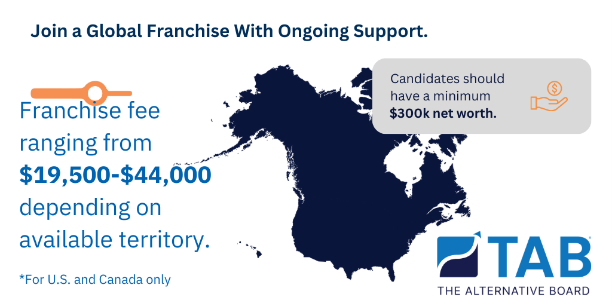Solve your Workplace Challenges by Surrounding Yourself with Better Systems
Systemic factors are embedded throughout our organizational cultures and processes. Leaders can make progress simply by recognizing bias.
Here’s where to start.
Too often, leaders are focused on the individual to influence change in the workplace. Scientific studies have shown that the “majority of issues in the workplace are systemic”. Improvements with a lasting impact will come from systems and not solely from individuals. Organizations often invest in superficial remedies that don’t work at the root cause of bias and resolve systemic issues. Bias in the workplace can be dangerous over time and it’s a leader’s job to actively work to combat it in their organization.
What are systemic factors in the workplace?
Systemic factors can range but are most often found in organizational cultures and processes within the workplace. For example, a company states that its culture is designed to be inclusive in its strategic plan but ultimately fails time and time again in practice. This can be seen in failure to protect employees facing discrimination, failure to provide adequate opportunities for growth, and failure to listen to diverse voices. These failures can lead to mental health exhaustion and a lack of belonging for employees over time.
What is bias in the workplace and how does it become entrenched?
Humans tend to have a cognitive bias that leads them to ignore situational and contextual factors. We often blame the individual for their failures instead of the system that they’re a part of. For example, coworkers may believe that their team member hasn’t completed their work solely due to laziness. However, the incomplete work is actually a result of being overstretched and not properly being supported by management on tasks that are out of their comfort zone.
These failures can go beyond productivity and actually reflect societal bias in the workplace. For example, male managers may be quicker to judge mothers than they are fathers on the quality of their work during the early years of having a child. This is due to societal factors beyond the workplace that influence that judgment. Managers and leaders would do well to address any resentment or negative feelings that they have towards employees if it seems to relate to a cultural bias. Why are you feeling this way? Is it individual-driven or system-driven?
Not only can overlooking bias in the workplace lead to performance impact it can also result in costly errors in the long term. Here are a few mindset approaches that leadership can take to overcome systemic barriers over time in their corporate culture.
Building a Systemic Thinking Approach that is Beneficial
Decision-makers should focus less on fixing the individuals and instead turn their efforts to fixing the system that surrounds the individuals. For example, if a workplace has alienated its employees with disabilities due to inherent ableist bias then this can be resolved by providing better solutions. The workplace may choose to offer more flexible work options for those with disabilities or a “safe space” to decompress in silence during times of anxiety or stress.
By preventing the perpetuation of ableist systems in the workplace, corporate culture and its employees all become better as a result of the new system that has been developed. The benefits of offering a more inclusive workplace result in boosted team morale increased productivity, and a sense of joy seeing an employer take steps to be more inclusive by breaking down systemic barriers.
Diversify Leadership Abilities and Biases
Often those who are immersed in bias (or who may subconsciously benefit from it) are unable to see how the systems affect others in negative ways. It’s important for leaders in business to consciously diversify their leadership teams and abilities. Inclusivity, systemic barriers, and bias in the workplace should always be something that true leaders are striving to learn more about.
Take adequate care to provide space in the room for the viewpoints and opinions of others. They may be able to provide insight into the daily struggles that they are facing under an existing workplace system. This includes neurodivergent people, people with disabilities, people who were raised in non-Western cultural environments, people with varying socioeconomic privileges, and more. All of these groups can provide invaluable insight into how systemic barriers impede their daily operations in the workplace.
Don’t forget that diversity and inclusion must go beyond being a “token” representation of change. Simply propping up a committee of voices who have no authority is not helpful and can actually be more demeaning than perpetually ignoring the issue. As a leader with inherent privilege in these systems, be sure to listen twice and speak once in all situations.
Breaking down systemic biases takes work…
Give yourself and your workplace some grace as you work toward building better systems for all. Earning employee trust over time is key to compassionate action and clear decisions. Leadership teams should approach all conversations around inclusion and diversity with a cohesive strategy that’s focused on understanding at all levels.
Don’t forget that breaking down systemic barriers is hard work. They’ve been ingrained in us and our work for longer than most of us have been part of any workplace. Only when we all work toward change will corporate cultures truly start to move toward a healthier and systemically sustainable method of work.
We would love to hear from you. Contact us today!
Have you taken a look at our new book? Check it out today!
Click here to order on Amazon or to read more.
Gary Brunson
gary@myclearfocus.com
Debra Rider
debra@myclearfocus.com
574.361.2674
Sustainable Growth & Profit Consultant, Coach, Mentor, and Counselor/Therapist for Business Owners and Professionals.











